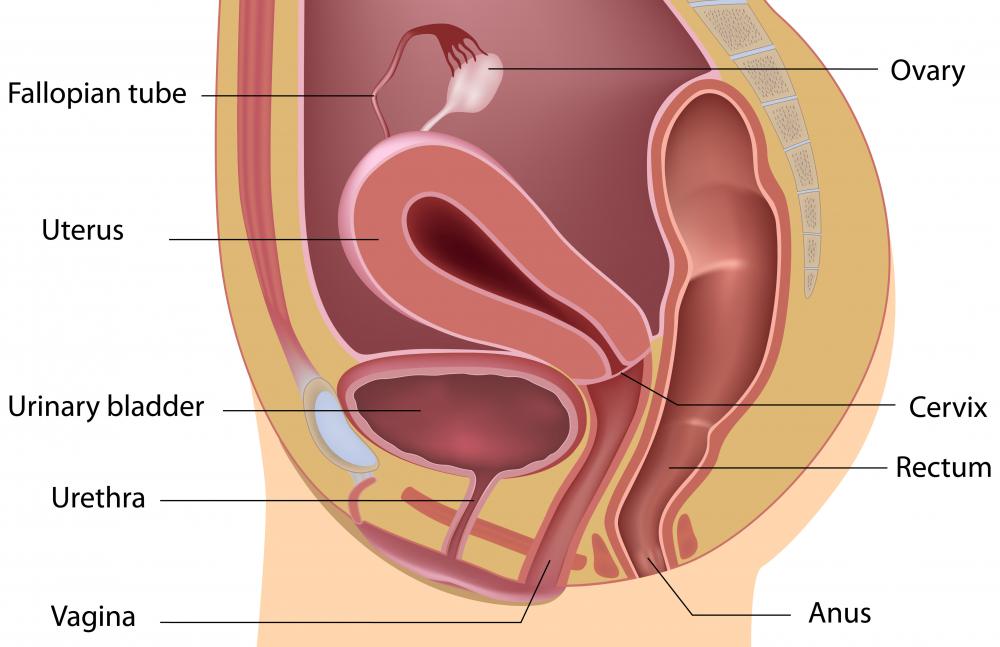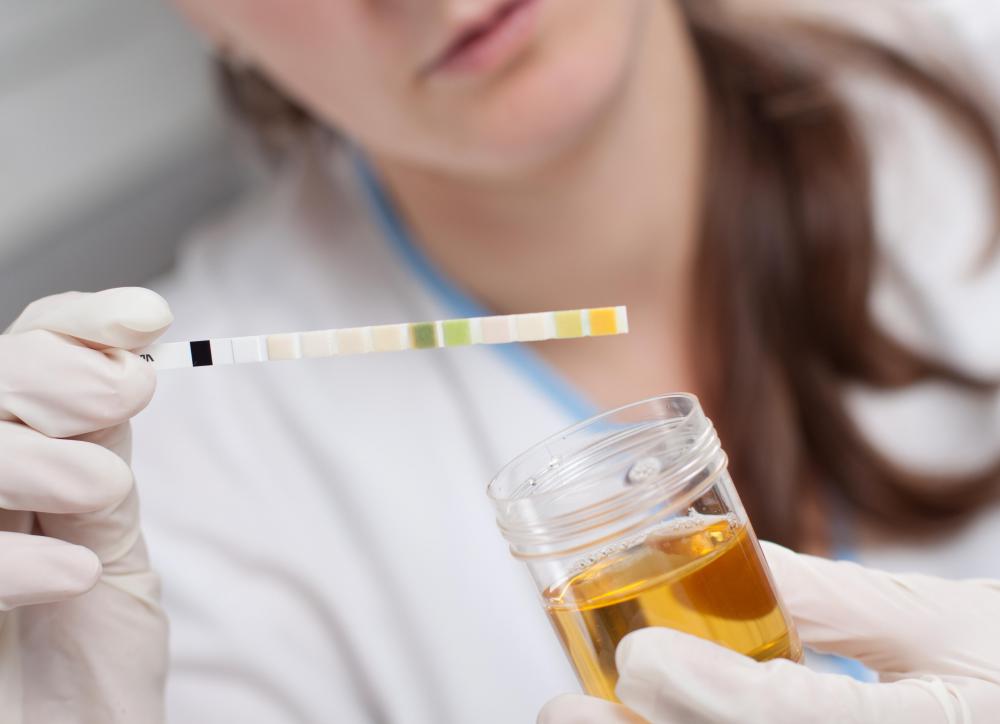At WiseGEEK, we're committed to delivering accurate, trustworthy information. Our expert-authored content is rigorously fact-checked and sourced from credible authorities. Discover how we uphold the highest standards in providing you with reliable knowledge.
What is Urethroplasty?
A urethroplasty is a surgical procedure to repair defects in the urethra such as strictures caused by repeat infection or scarring from previous surgeries. The supervising surgeon is usually a specialist in urology, and the patient will need to go under general anesthesia. Several days of bed rest usually follow the procedure, and patients will wear a catheter while the urethra heals. It can take several weeks to return to normal after a urethroplasty surgery.
The first step in this procedure is medical imaging studies of the urethra to learn more about the nature of the problem and confirm the choice of surgery for treatment. The patient may need to take tests where a technician fills the bladder with contrast dye so a doctor can follow fluid as it moves out of the bladder and through the urethra. Patients will also receive a thorough evaluation to check for contraindications for surgery, like underlying diseases that might be dangerous. Once care providers clear the patient for surgery, the patient can select a date for the urethroplasty.

In surgery, the doctor will make an incision to access the urethra. For small defects, the surgeon may simply cut out the damaged part and create an anastamosis by sewing the ends together. In the case of larger defects, a graft using neighboring tissue is an option, and the surgeon will actually rebuild the urethra to resolve the problem. The surgeon will make sure the work is sound and then close the incision and allow surgical staff to take the patient to recovery.

Postoperative care for urethroplasty includes regular maintenance of a urinary catheter to make sure the patient is safely draining urine and to check for any signs of infection or other complications. The patient also receives analgesia to address pain and discomfort. Once it is safe to move around, even if the patient remains in the hospital, he will need to walk and stretch to prevent blood clots and muscle atrophy. The doctor will eventually remove the catheter and may request follow-up testing to make sure the surgery was successful.

A doctor usually recommends urethroplasty when a patient has a congenital defect or has incurred so much damage to the urethra that the doctor has concerns about the patient's health. For very young patients like babies with urethral defects, a neonatal surgeon performs the procedure, because there are special surgical considerations for children, especially infants.
AS FEATURED ON:
AS FEATURED ON:

















Discussion Comments
I recently had a urethroplasty and i had this urgency about seven days after the surgery. It feels like the urine isn't going in the catheter fast enough. Need help as to how to resolve this!
Post your comments